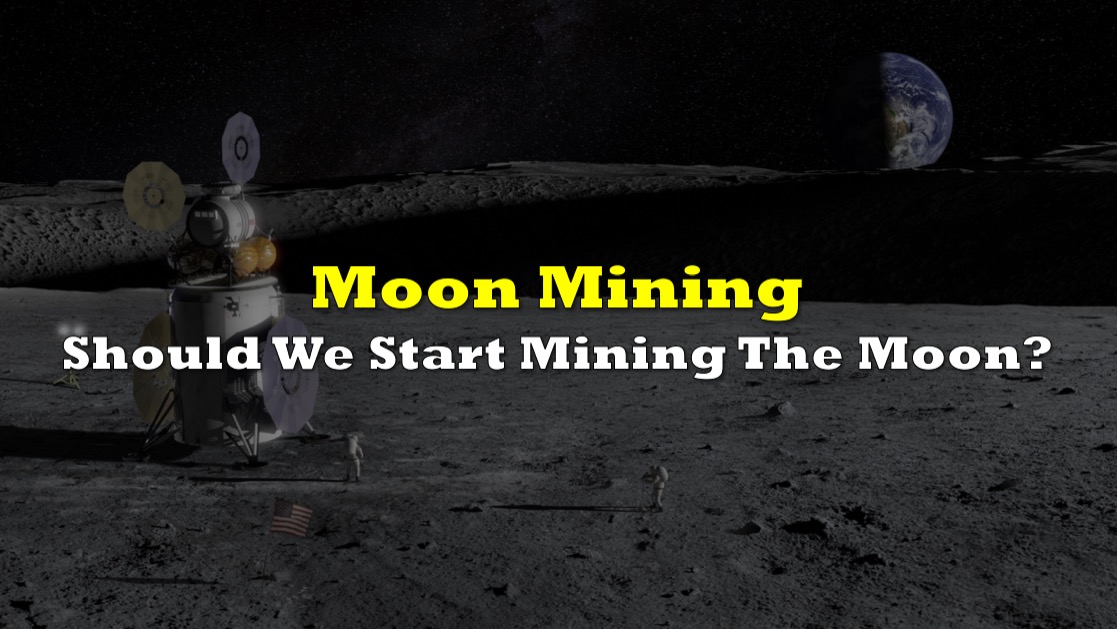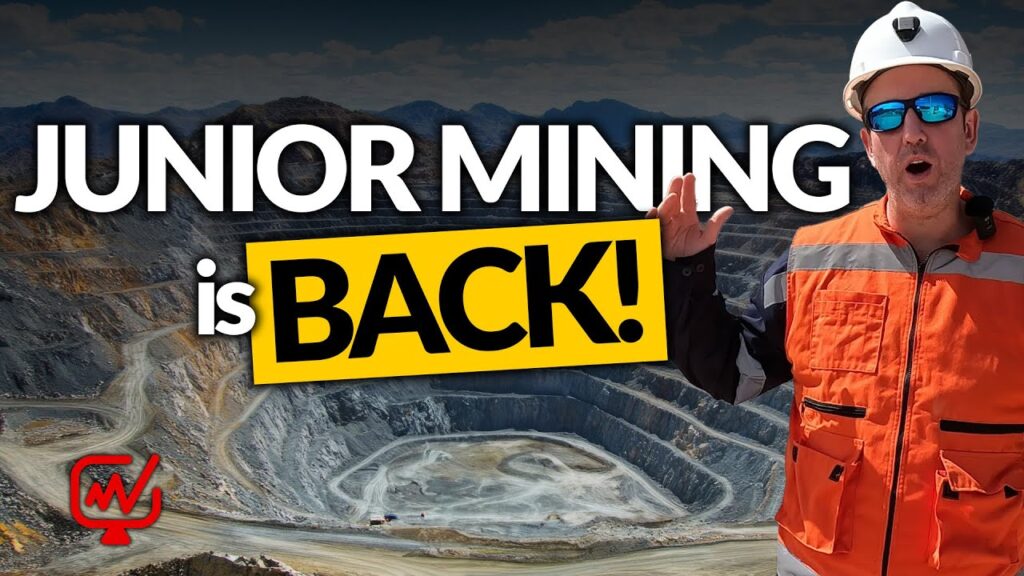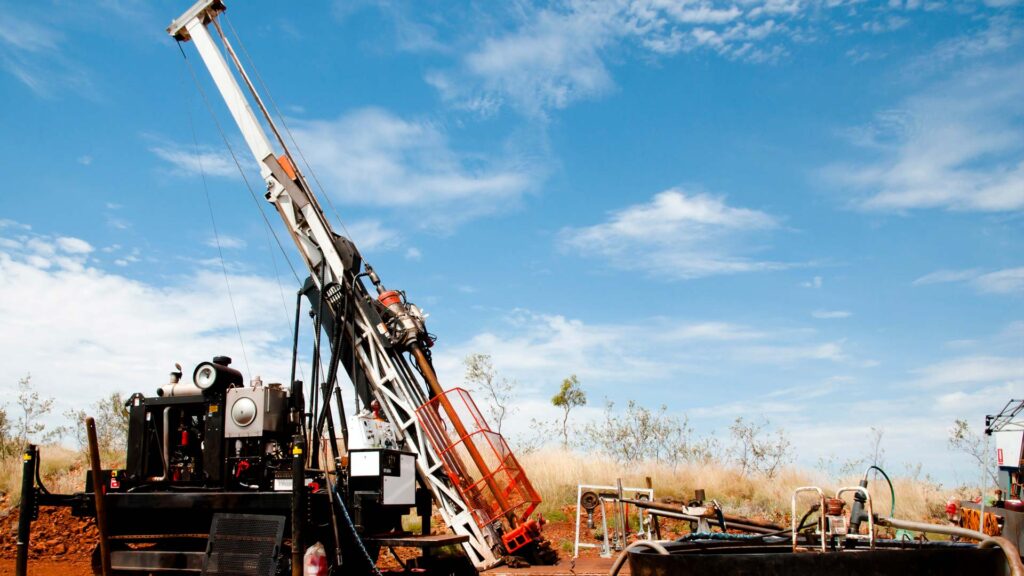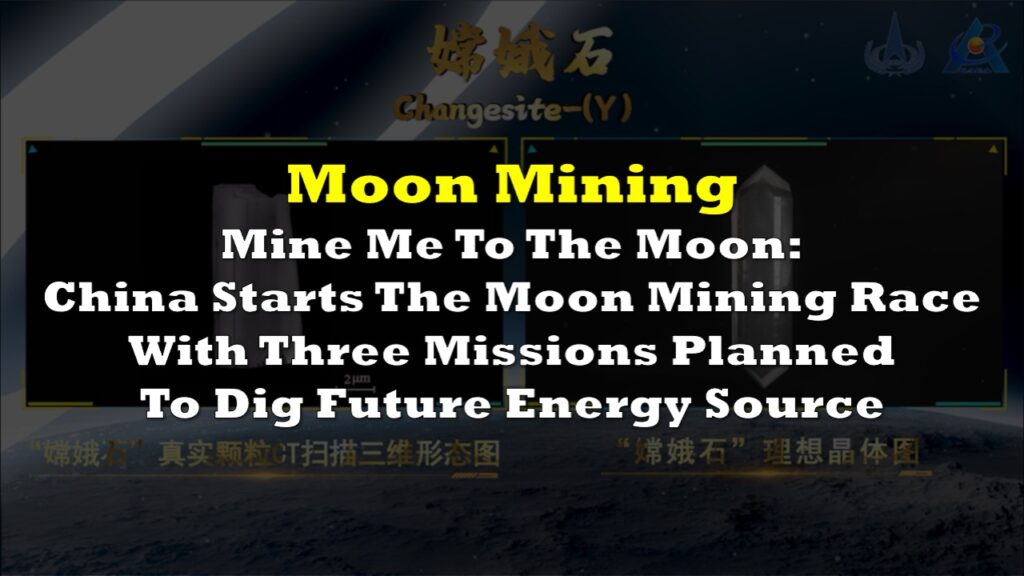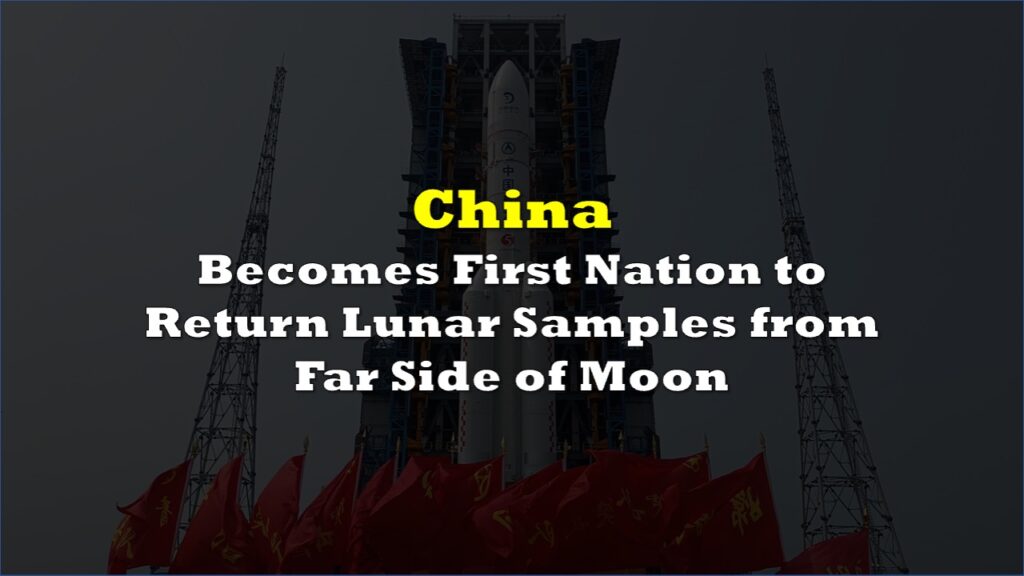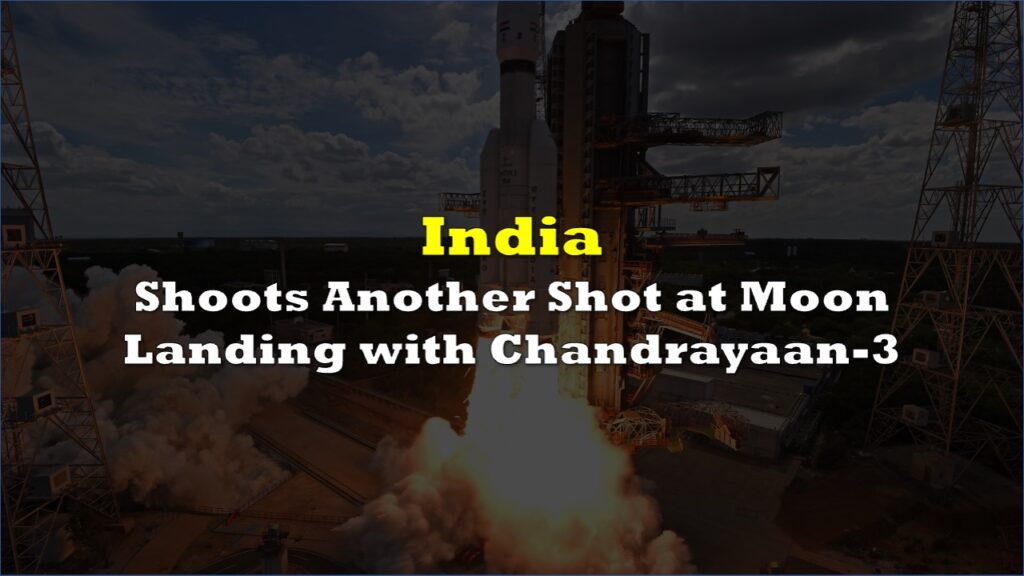A research paper led by Clive Neal at the University of Notre Dame’s Department of Civil & Environmental Engineering & Earth Sciences has outlined the necessity of an international lunar resource prospecting campaign, emphasizing its pivotal role in shaping a cislunar economy and establishing a sustained human presence on the Moon.
The paper, published in Acta Astronautica, the official journal of the International Academy of Astronautics, delves into the possibility of “designing and implementing a coordinated international lunar resource evaluation (prospecting) campaign.”
“The Moon is a highly valued destination for human space exploration because it is close, it contains a wide array of lunar and Solar System science targets that include resources that could be used to sustain humans on the lunar surface. These resources have the potential to enable sustainable human space exploration, develop a vibrant cislunar economy, and directly benefit society here on Earth,” the paper read.
However, recent rhetoric about the importance and value of these resources has used the term as if we know they are reserves. According to the United States Geological Survey, a crucial distinction between “resources” and “reserves” lies on the technicality. A resource is defined as a concentration of naturally occurring materials in or on the crust, with economic extraction deemed feasible. On the other hand, a reserve is the portion of an identified resource from which a usable commodity can be economically and legally extracted. The distinction is paramount for understanding the scientific, exploration, and commercial potential of lunar resources.
Addressing the complexities of lunar prospecting, particularly concerning water ice in shadowed craters, the paper highlights the need for detailed knowledge before assumptions and costs associated with lunar resource extraction can be validated. Lunar resources, such as water ice, could sustain crews and be converted into rocket fuel, contributing to sustainable human space exploration, a vibrant cislunar economy, and benefits for society on Earth.
“In order for lunar resources to be in the critical path for sustaining human exploration to the Moon, and also in sustaining human life on the lunar surface, the resource potential must be quantitatively evaluated. To achieve this, a dedicated coordinated campaign of lunar missions is required,” the paper concluded.
The paper emphasizes the international nature of the lunar resource evaluation campaign, citing the impracticality of a single space agency conducting such a vast survey alone. It suggests that an international approach not only offers an opportunity to test and refine the legal framework but also aligns with the principles of the United Nations Outer Space Treaty.
The legal framework section outlines the governing international space laws and their implications for lunar resource utilization. The paper aligns with the Outer Space Treaty and the Artemis Accords, emphasizing the need for an International Lunar Resource Prospecting Campaign to comply with these agreements.
The immediate next step proposed in the paper involves a collective commitment from nations to achieve a permanent human presence on the Moon once the reserve potential of lunar resources has been quantified. The Moon, in this context, is seen as a blueprint for sustainability in human space exploration, with the potential to enable future missions to Mars.
Last year, China announced its plans on launching three unmanned missions to the moon following its discovery of a lunar material containing helium-3, touted to be a future source of energy. Beijing’s National Space Administration aims to mine the mineral it is calling Changesite-(Y), a lunar resource discovered from the rock samples gathered by Chang’e-5 mission in 2020. The agency has received the approval to launch three orbiters over the next 10 years.
Information for this story was found via Science Direct and the sources mentioned. The author has no securities or affiliations related to the organizations discussed. Not a recommendation to buy or sell. Always do additional research and consult a professional before purchasing a security. The author holds no licenses.

